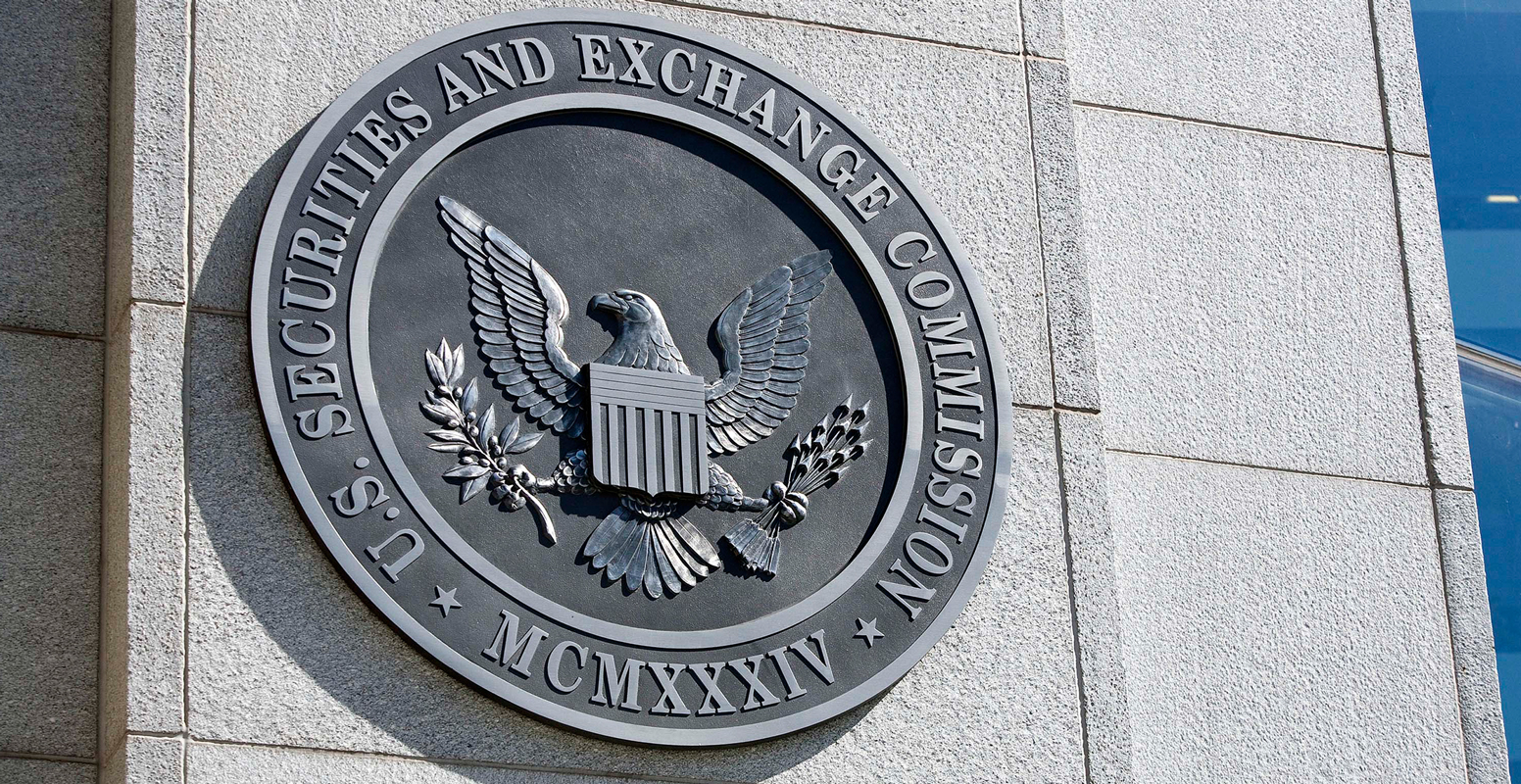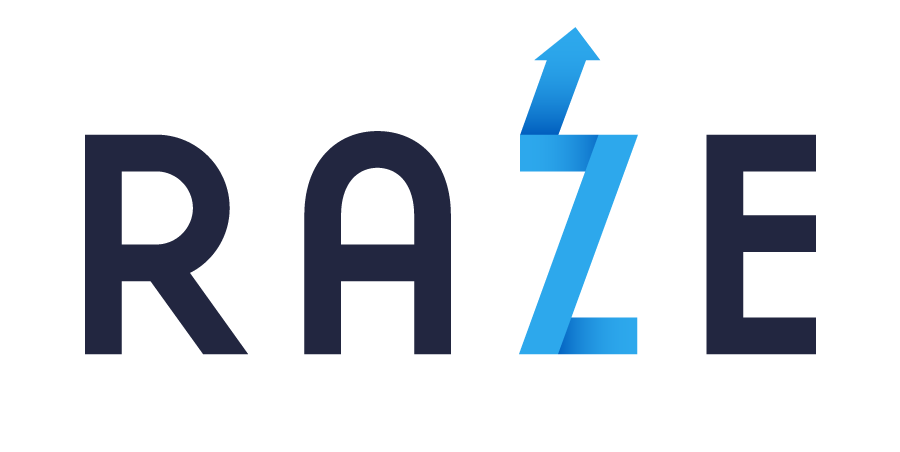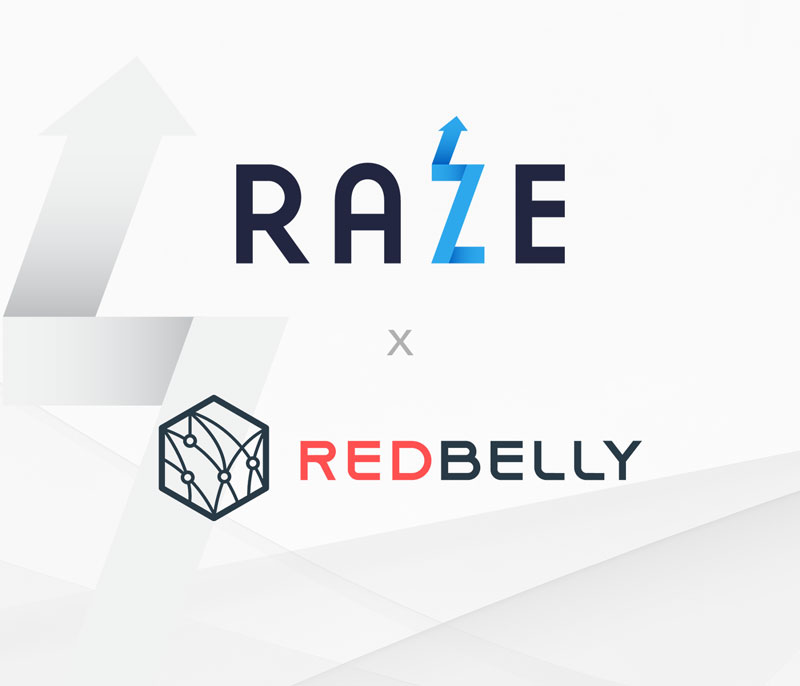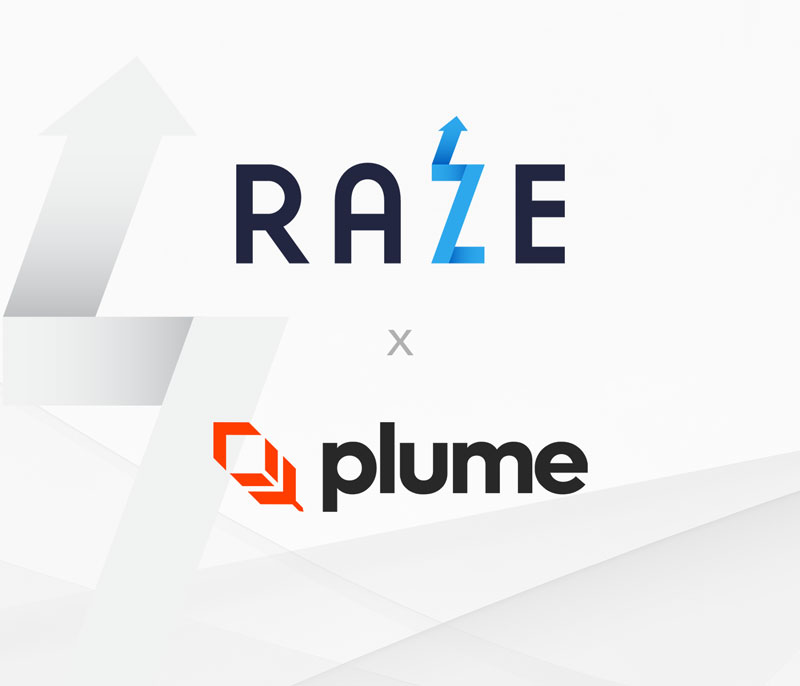Breaking Down the SEC’s 2025 Covered Stablecoin Ruling

On April 4, 2025, the U.S. Securities and Exchange Commission (SEC) issued a significant statement clarifying the regulatory status of “Covered Stablecoins.” This guidance offers valuable insights for clients navigating the digital asset landscape, particularly those leveraging stablecoins for payments, value storage, or tokenized financial products. Below, Venturly breaks down the SEC’s announcement and what it means for you.
What Are Covered Stablecoins?
Stablecoins are crypto assets designed to maintain a stable value relative to a reference asset, such as the U.S. dollar (USD), gold, or a basket of assets. The SEC’s statement introduces the concept of “Covered Stablecoins,” a specific subset of stablecoins that meet stringent criteria to avoid classification as securities under federal law. According to the SEC, Covered Stablecoins are defined by the following characteristics:
- Purpose: They are designed for payments, money transmission, or storing value, not for investment or speculative purposes.
- Value Stability: They maintain a stable value, pegged to USD or backed by low-risk, readily liquid assets (e.g., cash or Treasury securities).
- Redemption: They are redeemable on demand in unlimited quantities, ensuring holders can convert their stablecoins to USD at a 1:1 ratio at any time.
- Reserve Backing: Assets backing the stablecoin are held in a reserve with a USD value that meets or exceeds the total redemption value of circulating stablecoins, ensuring full backing.
- No Returns or Profits: Holders are not entitled to interest, profits, or other financial returns from holding the stablecoin.
- No Ownership or Governance: Holders have no investment stake, ownership interest, or governance rights in the issuer or any third party.
- No Financial Dependency: The value or utility of the stablecoin does not depend on the financial performance of the issuer or a third party.
SEC’s Key Conclusion: Covered Stablecoins Are Not Securities
The SEC’s statement is a game-changer for the digital asset industry. It explicitly concludes that Covered Stablecoins, when structured and operated as described, do not meet the definition of a “security” under federal securities laws, including the Securities Act of 1933 and the Securities Exchange Act of 1934. This means that activities related to minting, redeeming, or transacting in Covered Stablecoins do not require registration with the SEC or reliance on exemptions from registration.
The SEC reached this conclusion by analyzing Covered Stablecoins under two landmark legal tests: the Howey Test (which determines whether an asset is an investment contract) and the Reves Test (which evaluates whether an instrument resembles a note or debt security). The SEC determined that Covered Stablecoins do not satisfy either test because they are used for commercial transactions—like digital dollars—rather than as investments with an expectation of profit driven by others’ efforts. Additionally, their robust reserve backing and redemption mechanisms reduce risks in a way that aligns with non-security instruments.
What About Other Stablecoins?
Importantly, the SEC’s guidance is narrowly tailored to Covered Stablecoins meeting the criteria outlined above. Other types of stablecoins—such as algorithmic stablecoins, yield-bearing stablecoins, or those pegged to non-USD assets—do not automatically qualify for this exemption. These stablecoins remain subject to scrutiny under the Howey and Reves Tests to determine whether they constitute securities. For Raze Fintech clients exploring tokenization models that incorporate stablecoins, this distinction underscores the need for careful structuring to align with regulatory expectations.
The SEC reached this conclusion by analyzing Covered Stablecoins under two landmark legal tests: the Howey Test (which determines whether an asset is an investment contract) and the Reves Test (which evaluates whether an instrument resembles a note or debt security). The SEC determined that Covered Stablecoins do not satisfy either test because they are used for commercial transactions—like digital dollars—rather than as investments with an expectation of profit driven by others’ efforts. Additionally, their robust reserve backing and redemption mechanisms reduce risks in a way that aligns with non-security instruments.
Implications for Raze Fintech and Venturly Clients
For Raze Fintech, a leader in RWA tokenization, and our shared clients, the SEC’s guidance offers several opportunities and considerations:
- Clarity for Payment Solutions: Many tokenized RWA platforms rely on stablecoins to facilitate seamless, low-cost transactions. The SEC’s confirmation that Covered Stablecoins are not securities provides a clear path for integrating these assets into payment systems without triggering securities compliance obligations. This can enhance efficiency for tokenized real estate, commodities, or financial instruments.
- Boosting Institutional Confidence: The regulatory certainty provided by the SEC’s statement may encourage more institutional players to adopt Covered Stablecoins for tokenized RWA ecosystems. For Raze clients, this could translate into greater liquidity and broader market participation.
- Focus on Compliance: While Covered Stablecoins enjoy a lighter regulatory touch, issuers and platforms must ensure strict adherence to the SEC’s criteria—particularly around reserve management, redemption policies, and marketing. Missteps, such as offering yield or implying investment potential, could jeopardize non-security status.
- Innovation in Tokenization: The SEC’s guidance aligns with the Raze mission to unlock value through tokenization. By using Covered Stablecoins as a stable medium of exchange, Raze clients can create tokenized assets that prioritize utility and accessibility while staying compliant with federal regulations.
- Ongoing Vigilance for Other Stablecoins: For clients exploring innovative stablecoin models (e.g., algorithmic or yield-generating tokens), the SEC’s statement serves as a reminder to conduct thorough legal analyses. Venturly Law can assist in evaluating these structures to mitigate regulatory risks.
Looking Ahead
The SEC’s April 4, 2025, statement is a significant step toward regulatory clarity in the digital asset space, particularly for stablecoins that serve as the backbone of many tokenized ecosystems. For Raze Fintech and its clients, this guidance opens doors to build trust, streamline operations, and drive adoption of tokenized RWAs. However, the distinction between Covered Stablecoins and other digital assets highlights the importance of precision in design and compliance.
Venturly Law is here to help you navigate these developments. Whether you’re a Raze client tokenizing real-world assets or exploring stablecoin integration, Venturly can provide tailored advice to ensure your projects align with the latest regulatory frameworks. Contact Venturly today to discuss how the SEC’s Covered Stablecoin guidance can unlock new possibilities for your business.
____
About Gregory M. Karch and Venturly Law
Gregory M. Karch is the founder of Venturly Law, a solo law firm dedicated to navigating the dynamic world of blockchain, cryptocurrency, and tokenized real-world assets (RWAs). Since 2013, Greg has been deeply engaged in the crypto and blockchain space, driving innovation in tokenization and decentralized finance (DeFi). As a licensed attorney since 2016, he blends legal acumen with technical expertise to guide startups, enterprises, and investors through complex regulatory frameworks, helping them unlock the transformative potential of digital assets. With a client-focused approach, Greg empowers businesses to thrive in the evolving blockchain ecosystem. Learn more at:
Website: https://venturlylaw.com
LinkedIn: https://www.linkedin.com/company/venturlylaw/
____
About Raze
Raze is a tokenization engine built to power the full lifecycle of RWAs—from creation to capital to liquidity. Our no-code platform and services help companies and funds tokenize assets quickly and compliantly, with built-in KYC/AML and multi-chain support. Raze simplifies the path to Web3 for assets like real estate, commodities, and private equity, unlocking liquidity and capital-raising potential for a new era of investment.
Website: https://raze.finance
LinkedIn: https://www.linkedin.com/company/razefinance/
X: https://x.com/razefinance






